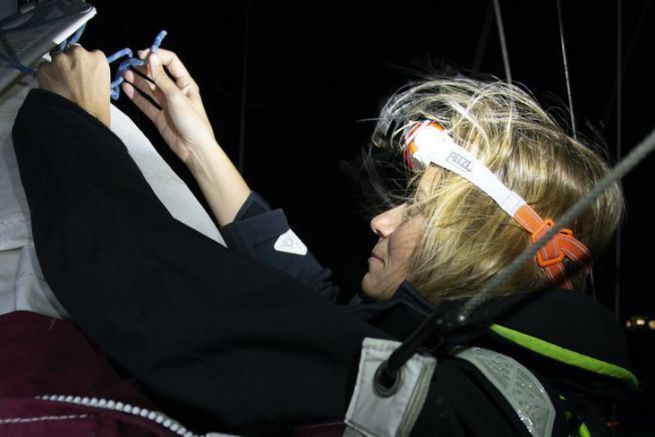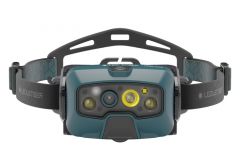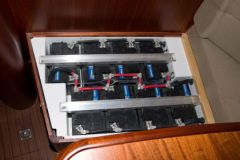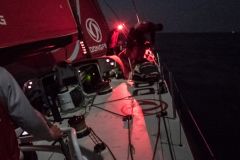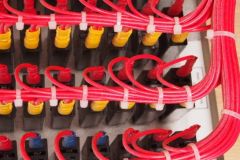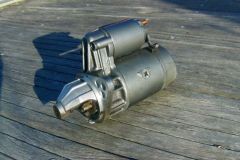To move or to maneuver a boat, it is necessary to have the best possible visibility. It is generally preferable to get your eye used to the dark, but it is sometimes necessary to use electric lighting. Depending on whether you want to move around the deck or take the boat elsewhere, for example to anchor at a buoy, different types of lighting systems will be used.
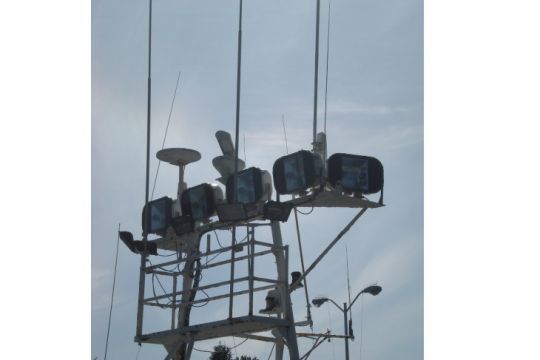
Two large families live together on a boat. The portable lights ( headlamp, hand-held headlamp ) cover the need for proximity lighting. They are used to give visibility to an immediate and reduced work area. Fixed lights ( deck lights, search lights ) scan wider areas, on the boat or on the water, as if searching for a shipwreck.
Headlamps, to keep your hands free
The first lighting tool that is almost indispensable on board is the headlamp. It has all the qualities or almost. Light and economical, it can work even when it's raining and it doesn't take up much space.
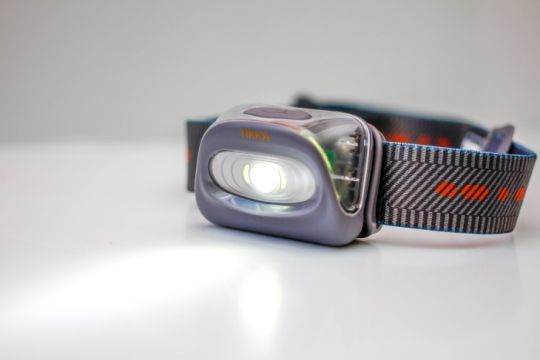
It knows how to make itself forgotten when worn, to the point of easily dazzling other crew members when talking to them, which is one of its faults. And, on board, dazzling means having to wait sometimes long minutes to recover a nominal vision. It is now often available in red or green lighting, to limit this effect and to favor night vision. It is still preferable to turn off the lamp or to put your hand in front of it before turning your head towards a person.
Another small defect, the weak luminous opening. By definition, the headlamp follows the movements of the head and illuminates according to a fairly thin cone, in front of the wearer.
A rechargeable model is preferred, ideally on USB this means that it will always be available. Another quality to look for is the possibility to vary the light power.
Hand-held projectors, available everywhere
While they remain portable devices, hand-held lights will be used to illuminate over a longer distance. For example, they can be used to point out a sail from the helm or to illuminate a buoy that you are trying to catch.
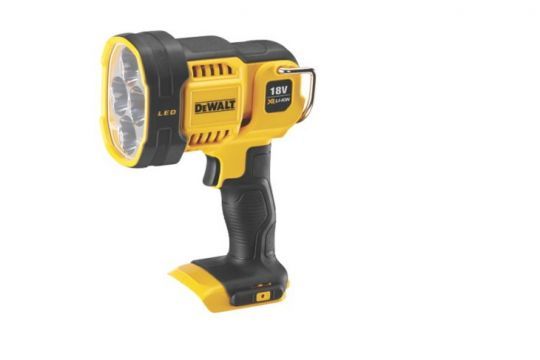
When choosing a projector, remember to check that it is shockproof, waterproof and rechargeable, as this equipment is particularly power hungry. Quite heavy, they should be secured, attached to a cleat or to the belt of the person handling it, if you don't want to find them at the bottom of the water.
Most of the models have several lighting powers, even several leds of different powers. In this case, in addition to the power of lighting, the angle of diffusion of the light will also be modified. The recent models can be reload in many ways ( mains, USB, cigarette lighter ), which keeps the batteries operational at all times. Others, finally, have an operation hybrid both on their internal batteries and on batteries.
As with anything hand-held on the deck of a boat, they handicap the operator who has a busy hand and can hold on less well. It is therefore necessary to think about their use, especially when the position is secure.
Deck lights, for general lighting
Installed a few meters above the deck, the principle of the deck light is to provide a minimal light for maneuvering. This light allows to move in relative safety, making visible the ends and other accessories which would drag on the bridge.
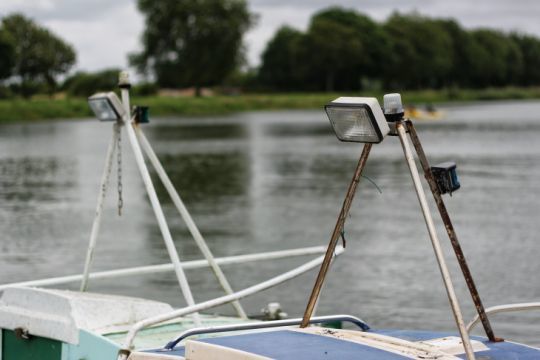
Controlled remotely from the electrical panel, they allow to get out and have a look around quite easily. With the disadvantage of their position, they only light the deck and do not allow any visibility under the operator. They must inevitably be complemented by individual lighting that will illuminate the darkened area.
They have an important drawback, due to the habit of some boaters to turn them on at nightfall and forget to turn them off. They consume electricity unnecessarily by lighting the deck even when no one needs to see clearly.
Finally, they cannot be left on when a person is steering, as they create a bright area between the horizon and the helmsman, making him totally blind.
Fixed projectors, for long range
Searching for a person fallen overboard, aiming at a buoy or even the nose of a breakwater, the fixed searchlights will be efficient tools to light up at a very long distance.
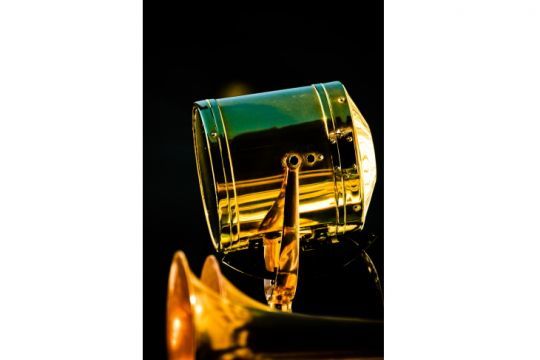
Disadvantage: they are bulky and rarely installed where they are needed. On port side when you need to light starboard, they will lose their power in the mast.
Their permanent installation allows for larger optics and reflectors. They thus offer incomparable lighting performance, of the order of several hundred meters. They require a certain amount of training because they are subject to the unpredictable movements of the boat.
Finally, the power consumption of these lights makes them devices that are rarely used, because they take electricity directly from the boat's circuit, without their own battery. The advent of portable waterproof headlamps has reduced their use in recreational boating.
